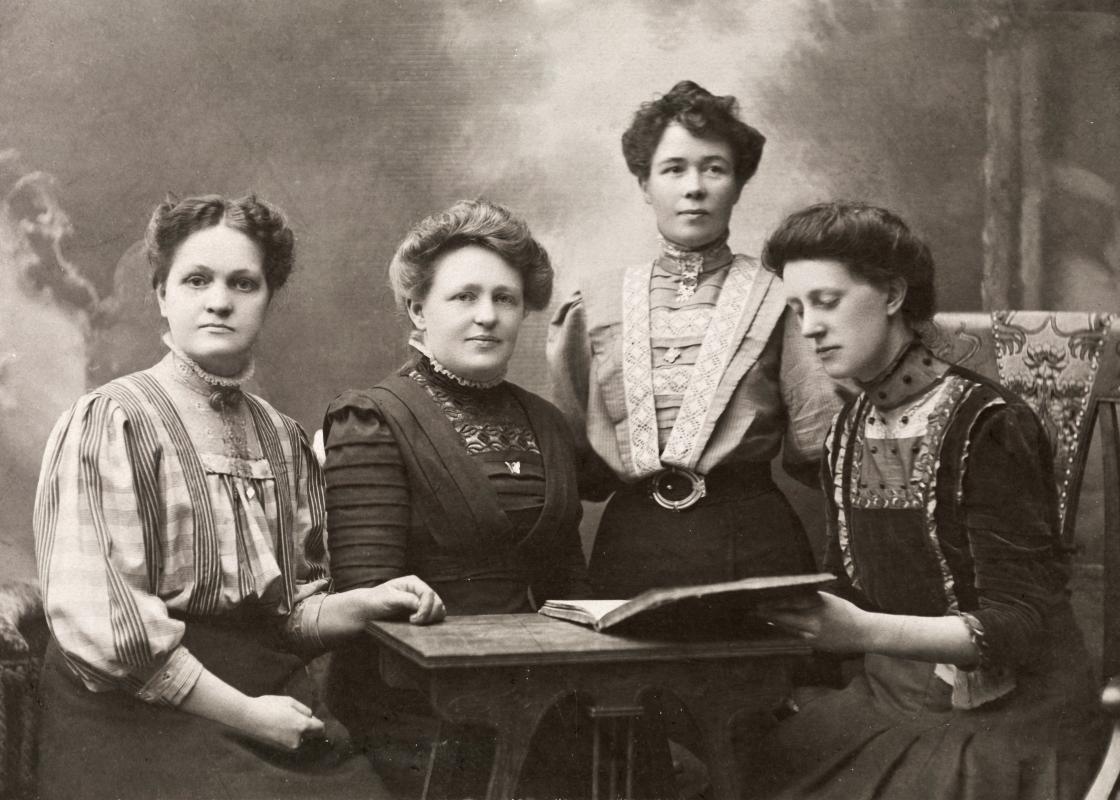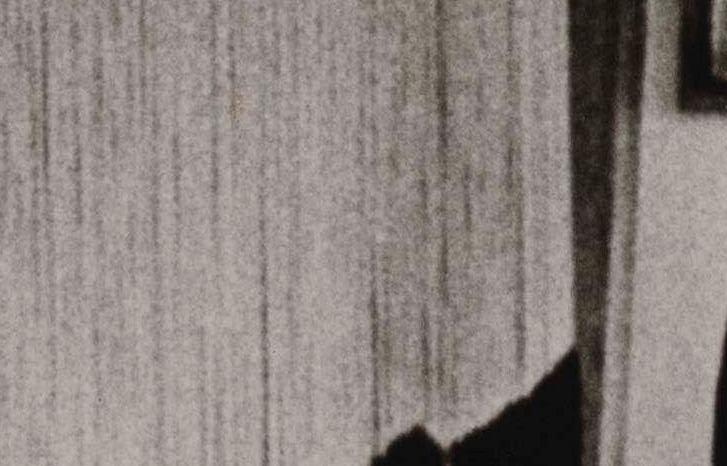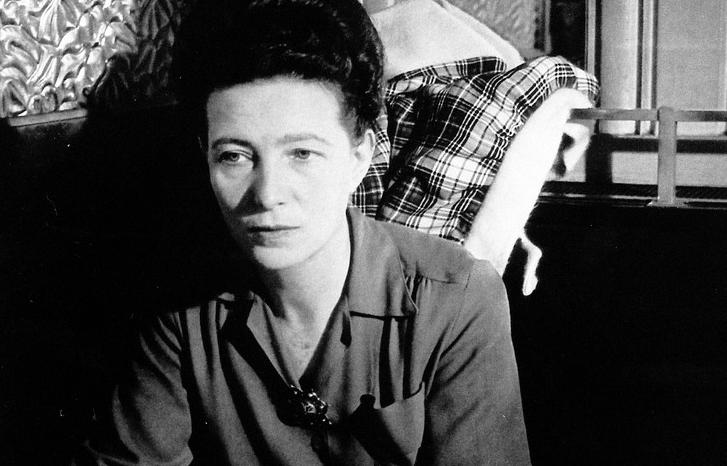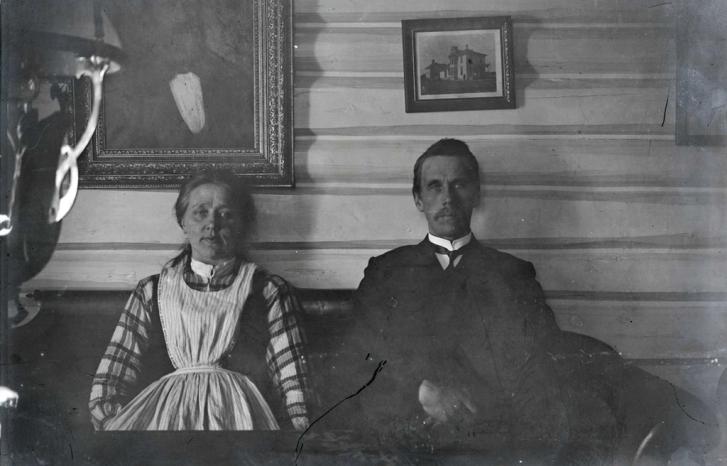What is women’s history, why is it important, and what is the status of the history discipline? Kilden has asked four Norwegian historians about their relation to women’s history.
According to Hilde Sandvik, women’s history is still an important field of research within the history discipline. She emphasises that women’s contributions to our history have been undermined, and that it is important to highlight this.
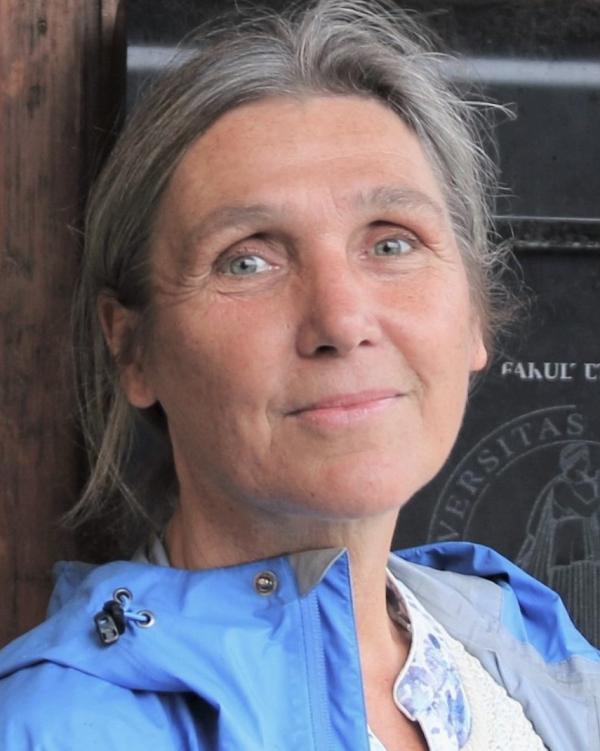
“There is much interest in women’s and gender history among researchers, as well as in men’s history. Both nationally and internationally, many researchers study women’s history, and some major projects are going on right now, for instance on gender and labour,” she says.
Sandvik underlines that women’s history has never been a separately taught discipline in Norway, but specialised courses on women’s history have been offered regularly as part of the degree programme in history.
“For Norwegian historians, the idea has been that gender and women’s perspectives should be integrated into the general history classes and not taught as a separate field. I support this strategy,” she says.
“In the same way, we do not distinguish clearly between political and economic history. The idea is to highlight the totality. At the same time, we wish to explore the history of humanity from several perspectives, and gender constitutes one of these.”
Sandvik points out that history is emphasised within the modules taught in the degree programmes in gender studies as well.
Interested in social history
“But gender researchers who are interested in history often emphasise the history of ideas or the history of philosophy rather than social history,” she says.
“As a historian, I am particularly fascinated by the concrete history. For instance, it is easy to see that women’s labour was valuable when someone explains to you that the annual rent for a wealthy farm in Western Norway could be paid with a ‘laup’ of butter, which equals fifteen kilos.”
It is important to take class and minority perspectives into consideration when we study women’s history.
She points to the fact that research on women’s history has led to increased knowledge that has brought forth new and more complex questions.
“One example is the relation between the position of elite women and servant women in the Middle Ages. It is important to take class and minority perspectives into consideration when we study women’s history,” she says.
“Have there been many significant changes in the discipline over the past decades?”
“In Norway, some of the pioneers within women’s history have passed away, such as Ida Blom and Sølvi Sogner. This is not only sad in itself; it has also resulted in major loss for the entire discipline. Will we be able to continue their important work on women’s history in the time to come?” asks Sandvik.
“Gro Hageman has also been a central advocate for women’s history at the University of Oslo. She is now retired, but fortunately she is still actively taking part in the academic community.”
Major interest among the students
Sandvik highlights that new forces are entering the field, and that new books on women’s history are being published, both historical overviews and biographies. Next year, for instance, a new edition of the book Med kjønnsperspektiv på norsk historie ('Norwegian history within a gender perspective') will be launched.
She also sees a major interest in women’s history among her students.
“If you show them photographs from Norwegian politics in the 1950s, they find it very strange. It is as if they were taken straight out of a Mad Men episode: they notice that the women are missing,” she explains.
“And the courses in which women’s history perspectives are included are quickly filled; we could probably have offered more such courses.”
Sandvik is enthusiastic about the fact that the sources for Norwegian women’s history have become more accessible.
“Many people are doing an important job here. The National Library has digitised all the issues of Nylænde, Norway’s first feminist journal dating as far back as 1884, the National Archives have made the church registers accessible through their digital archive, and Kilden has contributed through their relaunching of the website Kvinnehistorie.no (Women’s history.no).”
“Do you consider yourself a women’s historian?”
“Yes, I consider myself a women’s historian and a social historian specialising in the early modern period, from c. 1500–1850.”
Women’s contributions are ignored
“Women’s history is a concept and a disciplinary field that originates from the 1970s, which places the historical experiences of women in the centre,” says associate professor of history at University of Oslo Eirinn Larsen.
“The purpose is to shed light on what it meant to be a woman in the past, how women lived their lives and women’s opportunities under various circumstances. Women’s historical experiences are strongly affected by society’s perceptions of gender, which of course have changed over time.”
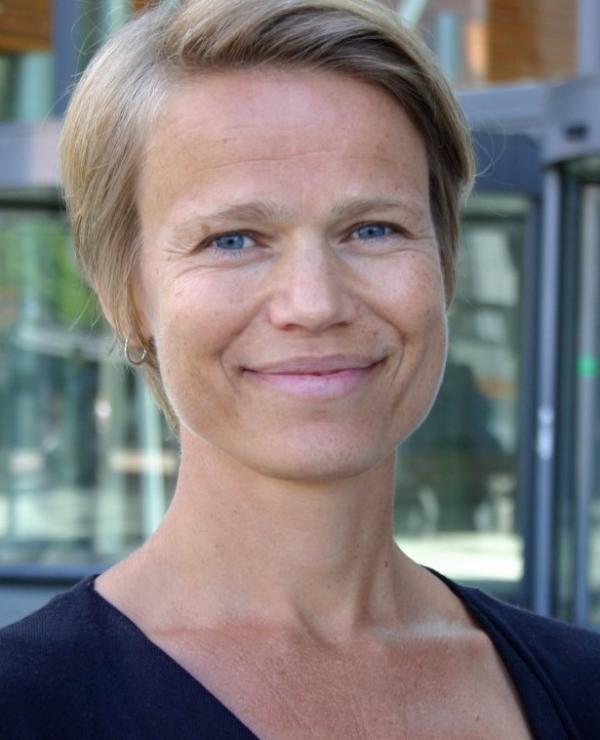
Larsen argues that we interpret history in order to understand ourselves better, and therefore, women’s history is, and always will be, important.
“We see that women’s contributions to history are constantly ignored. It is therefore important that history research keeps highlighting the women of the past,” she explains.
“This is about giving women the chance to understand themselves and providing perspectives on themselves as gender, as well as providing insights about women’s past lives to the general public.”
Women’s history is still a strong academic field that is continuously enriched by new currents within history research such as global history and transnational history, according to Larsen.
“Women’s history also overlaps with related topics such as gender history and queer history. In this way, women’s history follows overriding tendencies within the transnational development of the history discipline in a promising way,” she says.
Biography an important genre
Larsen also emphasises the biography as an important genre within women’s history.
“Men still make up the majority of those who write historical biographies, and they mostly write about men from our past, whereas women write about both women and men from our history.”
Looking at history through the lived lives of single individuals not only leads to enhanced interest in and understanding of how conditioned we are by our own time’s perceptions of gender, she argues. Biographies may also provide an excellent insight into how women have contributed to changing society and history.
My experience is that women’s and gender history are topics that excite history students on both bachelor’s and master’s level.
“But historical accounts of groups of women such as social classes or professional groups are also important contributions to women’s history.”
“Where does the discipline stand today?”
“The women’s perspective is perhaps not as meriting within the history discipline today as it was twenty years ago. But it still stands firmly within Norwegian history research,” she says.
Moreover, women’s history is a genre that professionals outside the academic community is interested in, such as journalists and prose writers. This also has ripple effects for the academic discipline, according to Larsen.
Great interest among the general public
”Journalists such as Marta Breen, who write for a broader audience, are doing an important job by spreading knowledge of women’s history. At the same time, her work shows how big the interest in women’s history is among the general public.”
Among Larsen’s students there are also several who take an interest in women’s history topics.
“My experience is that women’s and gender history are topics that excite history students on both bachelor’s and master’s level.”
She also experiences that sources to women’s history have become more easily accessible.
“Much has happened through digitalisation. Bokhylla.no (‘bookshelf.no’) is a goldmine for women’s history. And Nylænde has been digitised by the National Library and is now accessible to everyone,” says Larsen.
“A lot has been made accessible online internationally as well. For instance, you may now sit at home in front of your computer and read the debate about ‘The American woman’s dilemma’ that the American magazine Life initiated in 1947. It is also worthwhile to re-read old sources with a women’s and gender historical gaze.”
Outdated?
“Women’s history as a term is probably a bit outdated, we now talk about gender history instead,” says professor of history at University of Agder Knut Dørum.
”Gender history was on its way in already in the 1990s. Historians became interested in studying the sexes in relation to each other rather than just looking at women’s history as an isolated phenomenon. Gender history has better demonstrated that gender roles, life conditions and power relations must be considered from the perspectives of both genders.”
At the same, Dørum argues that there has been a need for a renewal of women’s and gender history. The criticism has primarily been that the research has taken a heteronormative and Euro-American perspective.

”New gender categories have also become a topic of particular interest for gender researchers, in addition to the study of discrimination between ethnic groups, religious affiliation, skin colour and functional ability. This especially has to do with EU’s equality policy – and international equality policy for that matter – that focuses on ‘multiple discrimination’.”
According to Dørum, the interest in women’s and gender history was bigger in the 1980s and 90s, but he is nevertheless surprised at how much research remains to be done within the field of women’s history.
”There are still major gaps. For example, I am currently working on a student project in which we look at women and entrepreneurship in a historical perspective,” says Dørum.
”From the 1870s onwards, women very actively began to start their own businesses in Norway, but surprisingly little has been written about it.”
A macho discipline
According to Dørum, history is a typical macho discipline.
”Traditional history primarily revolves around political history in which men are the main figures. This is also reflected among the students, of which the majority are men. Naturally, it appeals more to men than to women. We all want to hear the history about ourselves.”
Dørum is therefore of the opinion that it is important to feminise the discipline even more.
”The fact that so little research has been done on women and entrepreneurship proves that we need more research with gender perspectives. The Swedes are much ahead of us in this respect,” he says.
We cannot only study half of the population.
”The women’s and gender perspectives are there all along, and they are as important now as they were back then, they are just not as hot anymore.”
”But are the students not interested in gender perspectives?”
”Yes, female history students probably want more topics related to women and more female supervisors. Thus it is necessary to address more topics related to women and gender in our teaching.”
He thinks that even more could have been done to digitise historical sources on women.
”Take the population censuses, for example. There is so much valuable information about women’s history to be gathered from these. We cannot only study half of the population.”
Intriguing perspectives
”Women’s history is history in which women are the central actors or history that sheds light on how women and men have perceived gender in the past,” says postdoctoral fellow in history at University of Bergen Dunja Blazevic.
She prefers the latter definition.
”The study of how men and women have perceived gender through history yields new intriguing perspectives.
The fact that history keeps repeating itself proves that research on women’s history is still important, according to Blazevic.
Surprisingly many scholars include gender perspectives and use gender theory within history research.
“The social development over the past years is evidence of this: the financial crisis that has resulted in cutbacks in research that is not immediately profitable, Trump’s misogyny and the #metoo movement,” she says.
”Women’s and gender perspectives are needed because they are the best tools we have in order to understand how and why discrimination takes place, also at a general level.”
According to Blazevic, gender research provides a fantastic way of showing that the world looks different regardless of what type of body you have or how you perceive your own gender.
”These are issues that are still relevant and that we need to explore further.”
Still stands firmly
She is of the opinion that women’s history still stands firmly as a discipline despite the fact that there is only one professorship in women’s and gender history at University of Bergen.
”Surprisingly many scholars include gender perspectives and use gender theory within history research.”
Blazevic points out that women’s history is a discipline that has always been, and still is, dependent on committed enthusiasts.
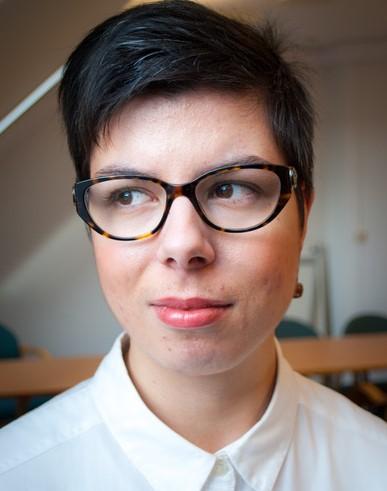
”It has been like that since the early years of the discipline in the 1970s. And the field is still not institutionalised in the same way as other disciplines,” she says.
”We are a few scholars who study women’s and gender history at each institution, which makes it difficult to gain acceptance.”
Blazevic points to the fact that the discipline has developed over time; the shift from emphasis on women to gender has been an ongoing tendency since the 1980s.
”The way in which we perceive gender has become more complex, which is fantastic! It means that it no longer only applies to a few select groups.”
Metoo has revived the discipline
She thinks #metoo has contributed to a revival for gender research and that the interest in women’s issues has increased.
”We have a new record number of applicants who wish to study gender at University of Bergen. This is of course highly positive for the discipline although #metoo itself is very sad.
”Do you consider yourself a women’s historian?”
“Not necessarily. I am more preoccupied with the way in which women conceive of themselves as gender. I rather consider myself a gender historian who study women’s issues.”
Translated by Cathinka Dahl Hambro.
The website Kvinnehistorie.no (in Norwegian only) presents Norwegian history from a women’s perspective. Here you may read about how women obtained the right to vote, the Norwegian labour movement, women’s struggle for elective abortion, and central characters who have had an impact on Norwegian women’s history from 1850 until our time.
